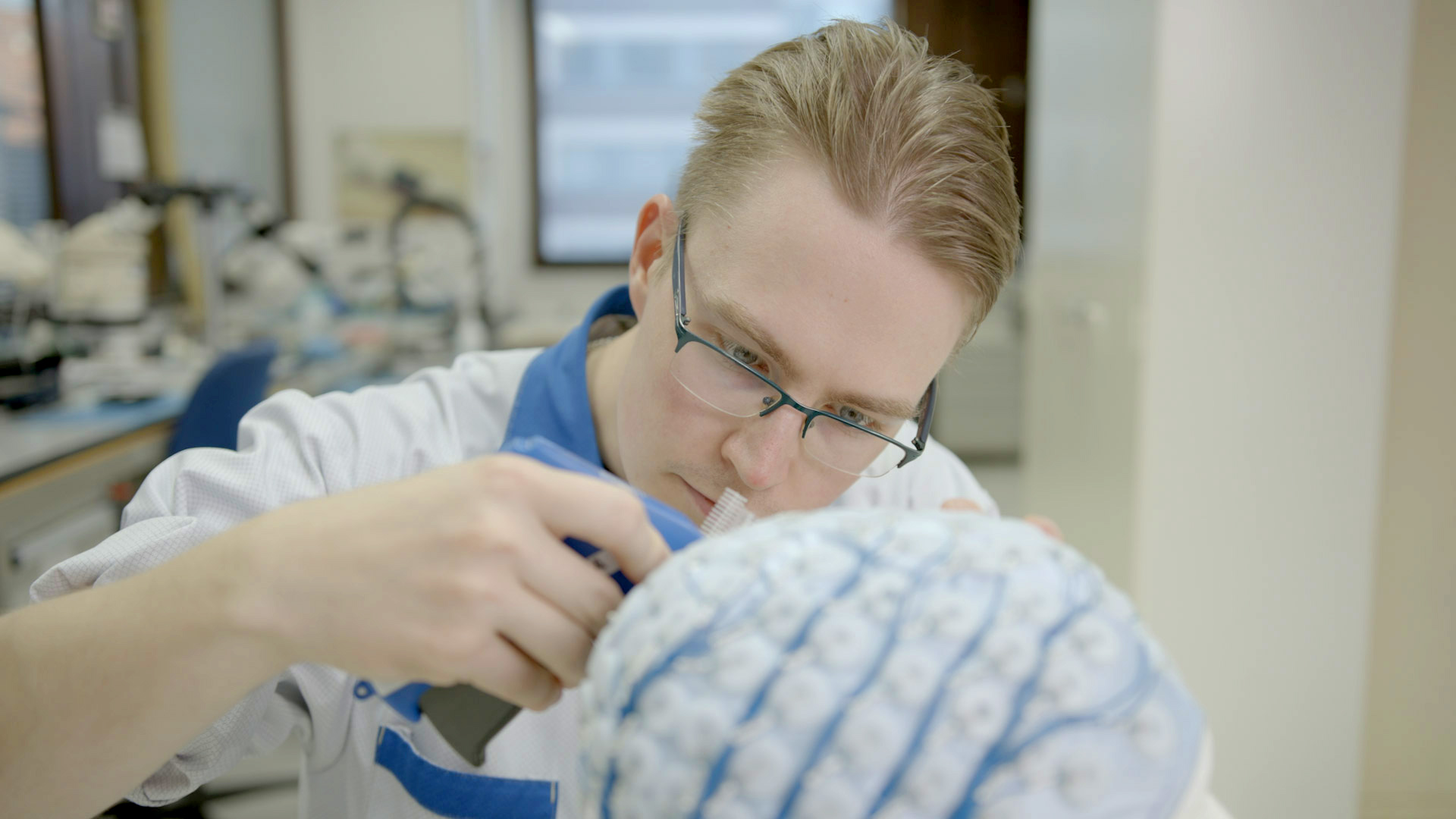There is an endless potential in utilizing low temperatures to achieve impressive technological feats, such as superconductivity, preserving biological material, and space exploration. Why is it not everywhere? The short answer is that cryogenics (production and effects of very low temperatures) is one of the more challenging areas of expertise in the field of technology. What makes working with cryogenics challenging, and where to find solutions when realizing your device design calls for cryogenic expertise?
This article has been updated for accuracy and relevancy on 3.12.2024
Innokas' Helsinki location specializes in producing technology that involves the use of cryogenics to achieve superconductivity. The location handles challenging manual assembly of electronics and mechanical components, as well as final assembly and testing of finished products. The areas of special expertise include e.g., precision soldering, superconductivity environment and cryogenics as well as bonding technologies and micro mechanics assembly. The head of the factory was interviewed on the topic of these challenging technologies.
Challenges of cryogenics and superconductivity
“We began manufacturing a challenging superconducting device almost two decades ago, and during that time a lot of the competition vanished due to the difficulty of harnessing this kind of technology,” Head of Helsinki operations Marko Sivonen explains. Cryogenic expertise is needed for manufacturing superconductivity, but the expertise can be utilized in other areas as well, such as aerospace technology.
![]() Superconductivity is a phenomenon where certain materials exhibit zero electrical resistance when cooled below a critical temperature, allowing for the efficient transmission of electric current without any energy loss or dissipation.
Superconductivity is a phenomenon where certain materials exhibit zero electrical resistance when cooled below a critical temperature, allowing for the efficient transmission of electric current without any energy loss or dissipation.
“Many things need to be done differently than with technology that works in room temperature. When the microelectronics need to be functional in very low temperatures and withstand the temperature drop, the work must be especially precise, so the soldering does not break, and cleanliness is strict to ensure liquid helium is pure and there will be no interference in the superconductivity,” Marko states.
The functionality of the device that is manufactured in Helsinki revolves around liquid helium which lowers the temperature enough for the material to reach superconductive properties. Creating the environment that the device needs to operate is another challenge.
“We produce our own dewars (vacuum flasks) to store the liquid helium, which requires knowledge of vacuum insulation,” Marko says. Storing liquid helium calls for expertise in insulation methods to keep the substance in its liquid form.
To test performance, electronics are sunk into liquid helium that is almost three hundred degrees colder than room temperature; the material experiences sudden and significant change in temperature. “We need to know how different materials and electronics react and perform in these temperatures. During manufacturing process, a lot of specific testing is needed,” Marko specifies. When superconducting environment has interference, it will persist in the loop until the device is re-heated and the superconducting state suspended, so getting it right the first time is ideal.
To make the technology work as intended, the manufacturers need to begin with the smallest pieces. Expertise in wire bonding becomes relevant. “We work with multiple kinds of bonding techniques and wire bonding is one of them. Working with components at the micro level allows us to control every aspect of the process,” Marko says and specifies that while poorly made soldering might function in near absolute zero temperature, the sudden temperature change might cause it to break apart.
High internal standards to ensure quality and performance
Innokas' other locations in Kempele and Tallinn must meet the high standard of cryogenics technology as well. “We have done a lot of training with Tallinn personnel. We have been able to double the testing procedures, as the Tallinn personnel are able to test the components with liquid nitrogen already at their site,” Marko says. Liquid nitrogen reaches temperatures almost two hundred degrees lower than room temperature and is therefore ideal for preliminary testing.
All circuit boards are made in Kempele location, which requires special expertise as well. “Soldering needs to be flawless to fit aerospace standards with extremely low margin of error,” Marko details on the high internal standard requirements of Innokas.
Where to find expertise
Despite the challenges, cryogenics have endless potential in the field of technology, and we can share our expertise with anyone who needs cryogenic experience with their project. If you have a solution that calls for superconductive properties, we can offer compliant expertise to make that design into a product. Additionally, our high soldering standards mean that our technology can withstand extreme temperature changes in general. Consequently, we are interested in discussing other applications of cryogenics as well.
The greatest support we can give to our partner is solid know-how after years of experience working with these kinds of challenges. We know how to apply our knowledge and we can handle difficult materials and conduct high standard testing. We want our partners solution to succeed.











